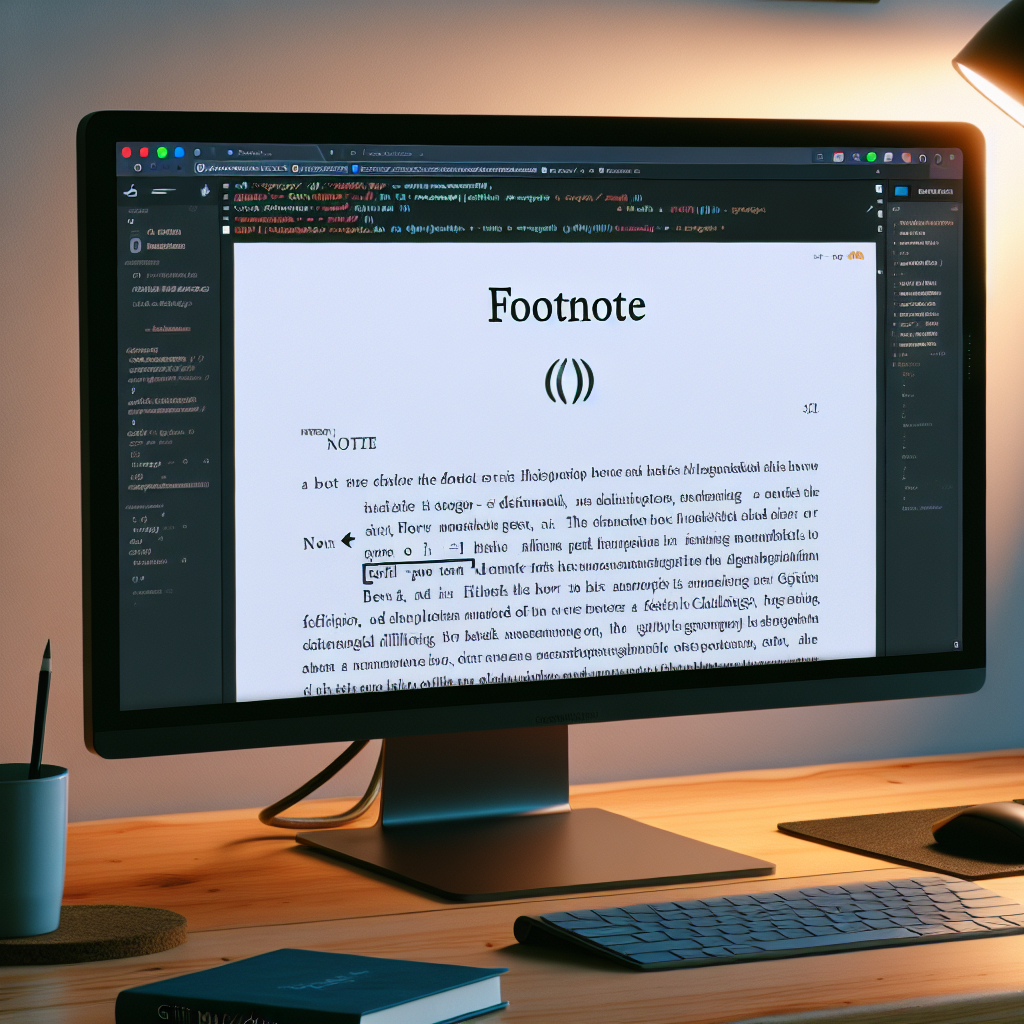Utilizing Footnotes in GitHub Markdown
GitHub Markdown supports footnotes using [^1] for in-text references and [ ^1]: for definitions. This helps maintain readability, organize supplementary info, and add citations effectively.

"Why struggle with Markdown formatting? Our free tools make it easy to create beautiful, professional-looking documents in seconds."
Introduction
Footnotes are a useful feature that allows you to add supplementary information to your documents without cluttering the main text. While Markdown itself does not natively support footnotes, GitHub Flavored Markdown (GFM) offers a convenient way to include them. This article explores how to effectively use footnotes in GitHub Markdown.
What are Footnotes?
Footnotes are notes placed at the bottom of a document or a section, referenced by corresponding superscript numbers in the main text. They provide additional context, citations, or any extra information pertinent to the content.
How to Add Footnotes in GitHub Markdown
-
Creating a Footnote Reference: To add a footnote, insert a reference within the text using the following syntax:
This is some text with a footnote.[^1]Here,
[^1]acts as a label that links the footnote to the corresponding reference. -
Defining Footnotes: After citing the footnote in the text, define the actual footnote separately, usually at the end of the document:
[^1]: This is the footnote content. -
Multiple Footnotes: If you need multiple footnotes, increment the numbers or labels accordingly:
This is some text with a first footnote.[^1] And here's another one.[^2] [^1]: This is the first footnote content. [^2]: This is the second footnote content.
Example
Here’s a practical example showing how you might use footnotes in a GitHub Markdown document:
## Introduction
In this document, we'll explore some interesting facts about Markdown.[^1] Markdown is a lightweight markup language with plain-text formatting syntax.[^2]
## Details
Originally created by John Gruber in 2004, Markdown is highly popular due to its simplicity and readability.[^3]
[^1]: Footnotes allow you to add supplementary information without interrupting the flow of the main text.
[^2]: Markdown is often used to format readme files, for writing messages in online discussion forums, and to create rich text using a plain text editor.
[^3]: John Gruber is a writer, publisher, and developer who created Markdown with Aaron Swartz.
Benefits of Using Footnotes
- Clarity and Readability: Footnotes help maintain the flow of the main text while providing extra information separately.
- Citation and Referencing: They are highly useful for academic writing, citations, and references.
- Professionalism: Properly formatted documents with footnotes can appear more professional and organized.
Conclusion
Footnotes in GitHub Markdown offer an efficient way to include additional information, references, and citations without disrupting the main content flow. By leveraging GitHub Flavored Markdown's footnote capabilities, you can create well-organized, professional-looking documents with ease.



Comments ()